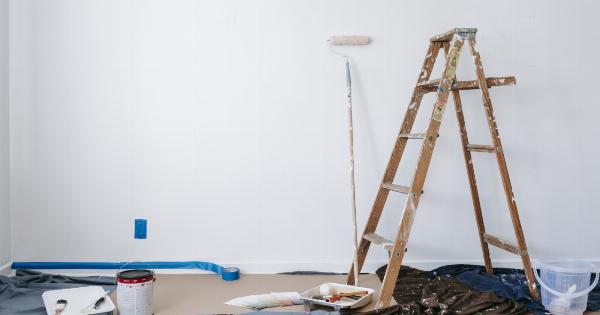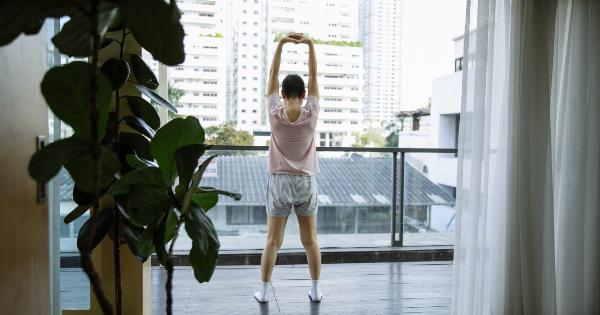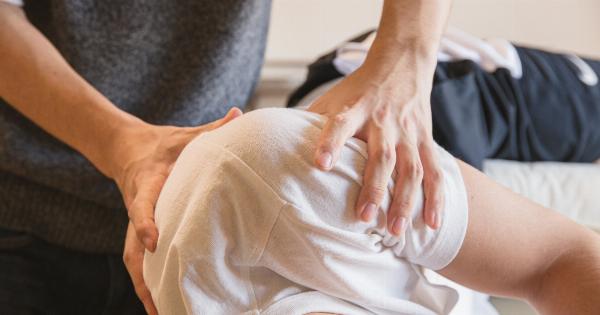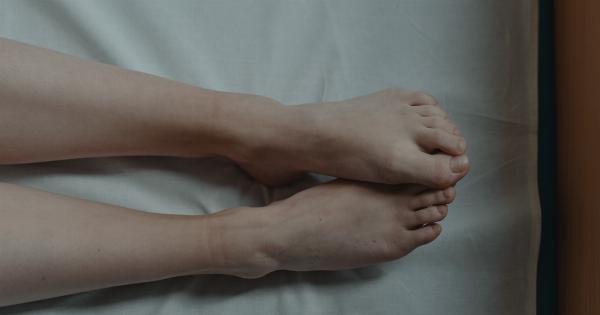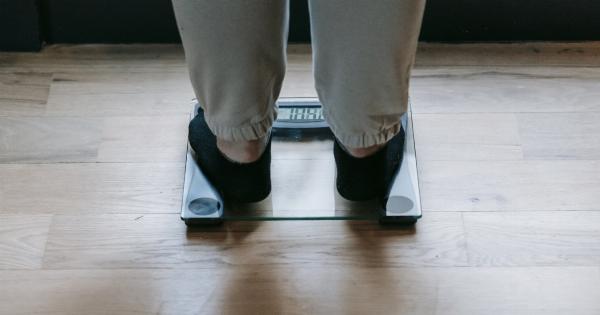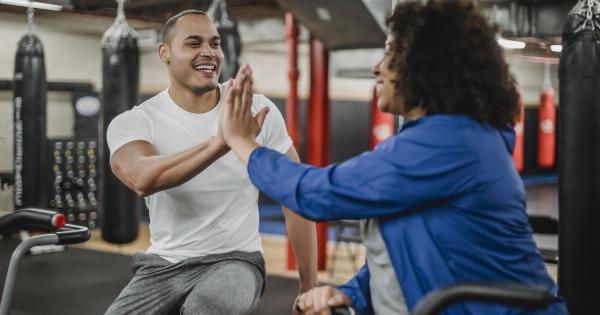Knee replacement surgery is a major procedure that requires significant rehabilitation and recovery. If you have undergone this surgery and are looking to start your workout routine again, it is important to take the necessary precautions.
Consult Your Doctor First
Before starting any exercise program, it is important to consult your doctor. Your doctor will evaluate your level of activity and make recommendations for workouts that are best suited for your body.
Your doctor may also provide a referral to a physical therapist who specializes in post-knee replacement exercises.
Start Slowly
It is important to start your workout routine slowly. You need to give your body time to adjust to the new knee joint. Begin with light exercises such as stretching and walking for a short distance. Gradually increase your intensity and duration over time.
Do not rush into high-intensity workouts such as running or weightlifting as this may cause further damage to the knee joint.
Choose Low-impact Exercises
Low-impact exercises are best for those with knee replacements. These exercises help to strengthen the muscles around the knee without causing additional stress. Examples of low-impact exercises include swimming, cycling, and elliptical training.
These types of exercises can help improve flexibility, strength, and mobility.
Avoid High-impact Activities
High-impact activities such as jogging and jumping should be avoided as they can cause damage to the knee joint.
If you wish to participate in high-impact activities, speak with a physical therapist who can guide you through the necessary precautions and exercises that can help minimize the risk of injury.
Use Proper Form
Using proper form is important to avoid injury and to get the most out of your exercises. When performing exercises such as lunges, squats, or leg presses, it is important to keep your knee in alignment with your toes.
Avoid twisting or overextending your knee joint as this can cause further damage.
Do Not Overdo It
Avoid overdoing your exercises. It is important to listen to your body and take breaks when necessary. Rest days are just as important as workout days. Give your body time to recover and rest.
This will help you avoid overuse injuries that can further damage your knee joint.
Warm-Up and Cool-Down
Warming up and cooling down is important before and after workouts. A proper warm-up can help improve blood flow and increase your flexibility. A cool-down helps to bring your heart rate back to baseline and reduce your risk of injury.
Perform light stretches to help prevent stiffness and soreness after your workout.
Use Ice and Heat
If you experience pain or swelling in your knee joint after exercise, use ice and heat therapy. Ice can help reduce swelling and inflammation, while heat can help increase blood flow to promote healing.
Speak with your doctor or physical therapist for recommendations on the best ice and heat therapy techniques that are right for your body.
Attend Physical Therapy
Physical therapy is an essential part of rehabilitation after knee replacement surgery. A physical therapist can help guide you through exercises that are best suited for your body and level of activity.
They can also monitor your progress and provide feedback to help you reach your fitness goals.
Conclusion
Getting back to your workout routine after knee replacement surgery requires patience and caution. Take the necessary precautions, consult your doctor and physical therapist for guidance, and start slowly with low-impact exercises.
Always listen to your body and avoid overdoing it. With time and dedication, you can safely incorporate exercise into your post-surgery lifestyle.






